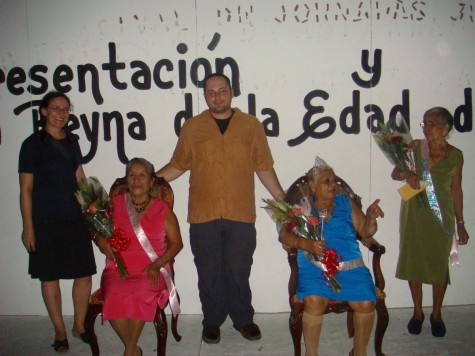Go where the tourists are.
I really mean Go where the local tourists are. Plan your trip around domestic holidays or popular weekend-getaway spots, and enjoy. The most fun I’ve had in recent memory was in Chiapas in August 2009, the year swine flu scared off foreigners from Mexico.
I foolishly thought the major tourist spots would be empty. But hotels were packed with Mexican families enjoying the tail end of summer vacation. The ruins at Palenque were swarming with people. In San Cristobal de las Casas, kids were running around in souvenir Zapatista ski masks. It was great.

As travelers, we spend so much time avoiding (sniff) common tourists, but in the long run, you have to admit this can be a little wearing. When you’re the only foreigner in some village, everyone’s staring at you all the time, and you start getting antsy. Or if you’re trying to blend in in some European capital, you’re constantly worrying whether you just flubbed your coffee order and revealed your out-of-townness.
But, just as in the ugly, over-visited places I mentioned in my last post, if you go where the local tourists are going, you can enjoy the buffer of a crowd, which takes the heat off of you.
During that Chiapas trip, I went to the amazing church at San Juan Chamula. If I’d gone in a quieter time, I would’ve felt like a terrible interloper–it’s such a private-seeming place. (Er, should I really be stomping around this church while people are in the middle of intense healing rituals?) Walking into the church on the heels of a busload of Mexican tourists made me feel a little better. (Oh well—all the Mexicans are!) In fact, another Mexican tourist saw me hesitating and waved me in with a smile, like a good ambassador.
Ignore the traveler/tourist rivalry. Frankly, most tourists are fun (especially Mexican tourists!). They’re out to have a good time. So if you go where the domestic tourists are, it’s a little like crashing a party—but it’s still “counts” as a travel experience, because you’re with another culture.